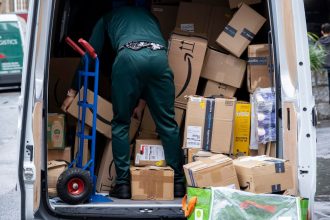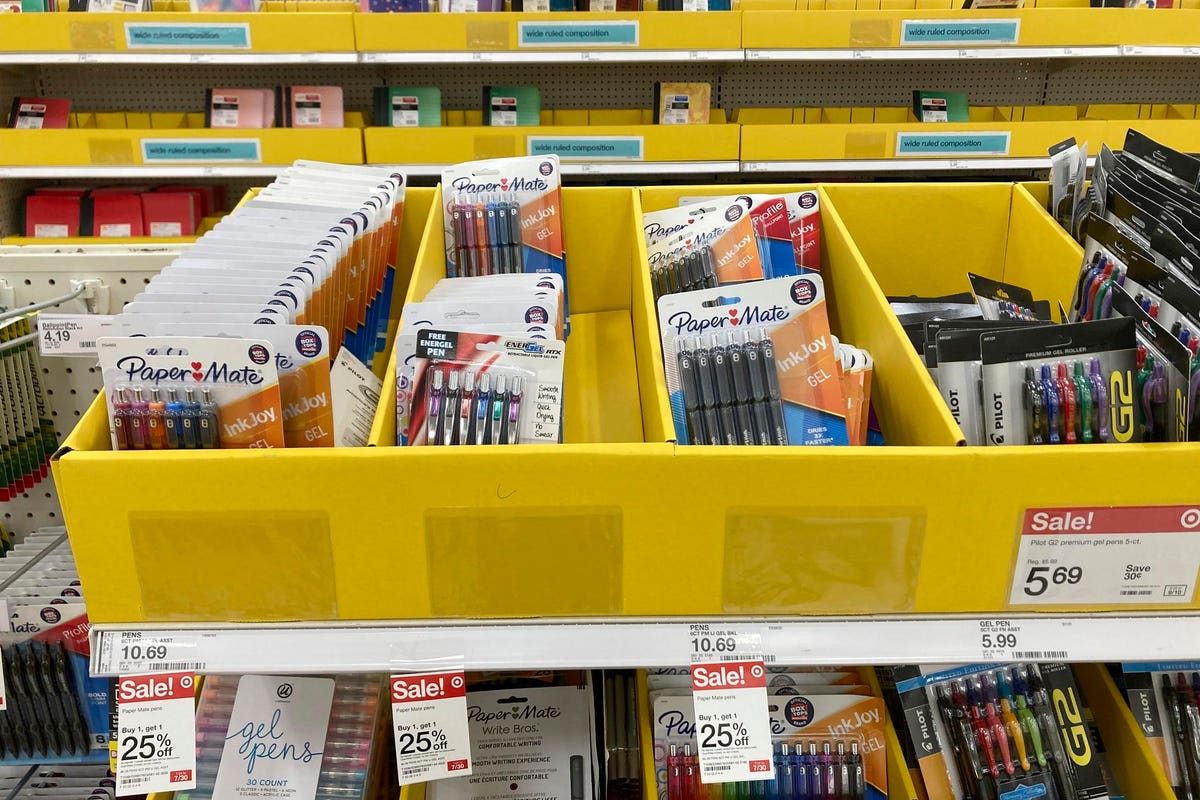Retail sales rose 0.7% in July, well above expectations, showing a strong start to the important back-to-school shopping season, the Census Bureau reported today.
July was the fourth consecutive month of higher retail sales, month-over-month, once again showing the resilience of the American consumer.
On an annual basis, sales were up 3.2% over July, 2022.
The July numbers are good news for retailers, who have been banking on strong back-to-school spending in July and August.
Economists have been warning since the beginning of the year that a significant spending slowdown was coming. Now most are saying that while the slowdown is arriving later – and far less dramatically – a slowdown in the pace of spending is inevitable. But thus far, there haven’t been many indications of that.
Today’s retail sales news follows last week’s CPI report showing continued easing of inflation, with prices up 0.2% in July.
The retail sales jump in July exceeded the rate of inflation, and showed that Americans are still spending robustly, ringing up $696.4 billion in sales.
Non-store and online retailers were up 10.3% from the previous year, and food service and drinking establishments were up 11.9% from July, 2022.
Bad news for big ticket items
Big ticket items, however, showed declines in spending. Spending fell in the furniture, electronics, and building supplies categories.
Home Depot, in its earnings report today, also said it has seen a pullback in spending on home improvement projects.
The National Retail Federation, which has forecast record levels of back-to-school and back-to-college spending this year, has been warning that the pace of spending is likely to slow.
While the economy, and consumer spending, “was clearly more resilient in the first half of the this year than many expected,” the pace of sales growth “is becoming incrementally slower,” said Jack Kleinhenz, chief economist of the National Retail Federation, commenting last week on the NRF’s monthly economic report.
“Consumers are still spending but are under financial pressure and have been adjusting how much they buy while also shifting from goods to services,” Kleinhenz said.
“While job and wage gains have counterbalanced inflation, the stockpile of savings accumulated during the pandemic is dwindling and is no longer providing as much spending power as was previously available,” he said.
Consumers face spending pressures
Nikki Baird, vice-president of strategy at Aptos
APT
“While food service and drinking places drove the majority of the increase, core retail (general merchandise, apparel) still held its own in the year-over-year comparison,” Baird said in an email.
“Inflation still plays a role – consumers on the whole are still spending more in order to get less,” Baird said. “But even with rising debt and high interest rates, July did not appear to see any blanket pullback from consumers, which may not come until student loan payments resume in September.”
Baird is predicting that “consumer-facing companies will need to have a carefully considered promotional strategy for Holiday 2023. Consumers will definitely be deal-seeking, and looking to feel like they are getting the most for their spend,” she said.
Matt Pavich, senior director of strategy and innovation at Revionics, a retail-tech company specializing in AI- optimization, said the July numbers show consumers are still spending with confidence.
“While there are multiple factors that could impact future retail results, (including the return of student loan repayments), the July results are encouraging for retailers and consumers alike,” Pavich said via email.
Read the full article here





